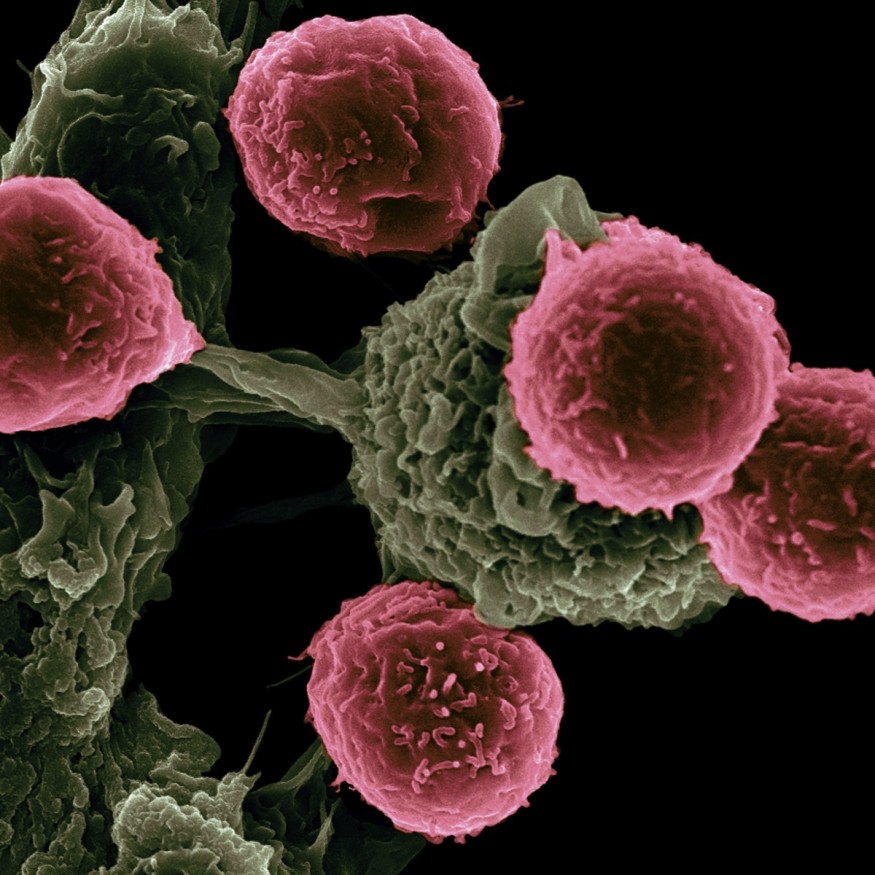As the modern era of medicine continues to evolve, various treatment options are now offered to cancer patients. Some of the conventional procedures include chemotherapy, surgery, and radiotherapy. There are also advanced methods such as targeted therapy, nanoparticles, and stem cell therapy.
Just recently, a new study revealed the effectiveness of silencing the protein responsible for the stability of cancer cells. For the first time, the protein CKAP5 (cytoskeleton-associated protein) was used in determining the effectiveness of RNA-based nanodrug treatment.

Genetic Instability and the Challenges in Developing Cancer Treatments
Understanding how cancer forms and how it can be treated requires studying its instability. Genetic instability is a result of flaws in processes that control cell division. It has become a target of cancer therapy strategies due to the cell's sensitivity to cytotoxic drugs.
A study published in Science Direct revealed that many external factors contribute to genetic instability, which can be connected to intracellular damage. Although all cancer cells are genetically unstable, each type has different levels of genetic instability.
According to a study published in the Journal of Molecular Cell Biology, genetic instability is a major driving force for the initial formation of a tumor in the body. Once the strategies for utilizing genetic instability are identified, it could lead to a breakthrough in developing a more effective anti-cancer drug.
A Breakthrough in Destroying Cancer Cells
CKAP5 is the protein responsible for the stability of cancer cells. It was never used in studying the battle against this disease since no method was known to silence it.
In a research study conducted by a team of scientists from Tel-Aviv University and published in the journal Science Advances, lead author Prof. Dan Peer of The Shmunis School of Biomedicine and Cancer Research developed lipid nanoparticles that contain RNA for silencing CKAP5. Genetically unstable mutation that shows resistance against chemotherapy and immunotherapy were identified, then used as targets for the delivery of this drug.
Peer and his team discovered that CKAP5 could be silenced and that this method could collapse the cancer cell. They also discovered that the more unstable a cancer cell is, the more it is affected by damage to CKAP5.
When the new RNA drug was tested on 20 types of cancer, it was found that cancer cells with high genetic instability are more sensitive to the silencing ability of the nanodrug. From the result of this study, the researchers tested the effectiveness of the new nanodrug in fighting ovarian cancer. The animal model for the experiment showed an 80% survival rate.
While over 300 000 women around the globe have ovarian cancer, there is still no cure for this disease. Doctors offer treatments with a combination of therapies. Due to the limitations of therapeutic targets in ovarian cancer, a constant search is made to find more effective treatment options. Peer and his team plan to extend the investigation of the therapeutic benefit of gene silencing when combined with other targeted molecular therapies.
Check out more news and information on Nanotechnology in Science Times.











